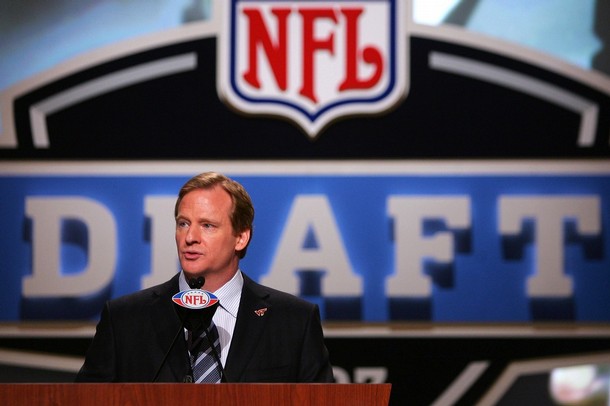 The reason fans love the draft so much is that it’s very comparable to the NFL season and appeal.
The reason fans love the draft so much is that it’s very comparable to the NFL season and appeal.
Some teams are in better position than others to succeed, some teams just get it while others don’t, there are a million reasons why things work and don’t work out every year, and things can change from a month to month, year to year basis.
These NFL teams pour more research into evaluating prospects than the average fan could ever imagine. Most scouts that I’ve talked to have seen entire seasons of game film on the teams/players they cover, more than any fan or even non-NFL draft scout like myself can say.
Still, fans question why a team takes a player and constantly criticize a team’s draft philosophy and selections. Well, let’s breakdown how these teams differ in styles and the pros and cons to each style of drafting. Obviously most teams use a hybrid of these strategies, but some, as we’ll mention, tend to stick with one of these techniques.
“Need” Strategy
A much more fan-relatable stratagey, team followers of the draft generally enjoy when their team uses this technique because on paper it reduces the needs of the team and makes the team more complete.
In a sense, it does just that. Adding a player who fits the system and fills an opening in the lineup allows teams that are already successful to stay successful, and rebuilding teams one less spot to fill.
And this strategy doesn’t just mean for the short term either. For example, the Eagles took Kevin Kolb and LeSean McCoy before they had a need at either position on paper, but they planned for the developing process and now both players fill that need now.
The biggest drawback to the need stratagey is that by only filling needs and not always maximizing the pcik’s value, your team’s overall talent level may take a hit and the team may be filled with role players and not enough stars.
For example, would it be smarter to add an outside linebacker because your star player retired or add a vertical threat at receiver that can complement your current two starters?
“Best Player Available” Strategy
By taking the BPA as it’s called, teams can maximize their pick’s value and continue to add an influx of talent.
If a team has two or three running backs, for example like the Ravens, they have great depth, a dominating run game, and the ability to trade one for value after getting production and not lose much of a beat.
Teams with a plethora of star players, however, sometimes miss those missing pieces that make a team consistent. Also, sometimes the “best player” on some teams board may not enjoy that similar success, and instead of having great talent at receiver or running back, that player might bust and your offensive line still might need work.
Often times when an owner has influence on a pick, the team tends to take the “sexy” pick and take the best player available, as is the case in the past with the Redskins. They added great players like LaRon LanDry and Brian Orakpo in recent years, but their offensive line is in need of major retooling as they haven’t taken a lineman higher than the 3rd round since 1999.
Best Option?
Obviously the best option would be to find a happy medium or change year to year depending on your team’s success and how they feel the talent level is in the draft.
This idea is also disregarding potential “busts” in the draft, as sometimes drafting for need puts a player under pressure to live up to that hype when they just aren’t able to. Or, a best player available might not actually be the “best player” and when he busts, the team suffers mightily because they are left with less talent and still a need to fill.
Some examples of teams that seem to follow a certain strategy consistently:
Oakland Raiders – BPA
Tennessee Titans – BPA
New England Patriots – Need
Chicago Bears – Need
Jacksonville Jaguars – Need
Add The Sports Daily to your Google News Feed!






